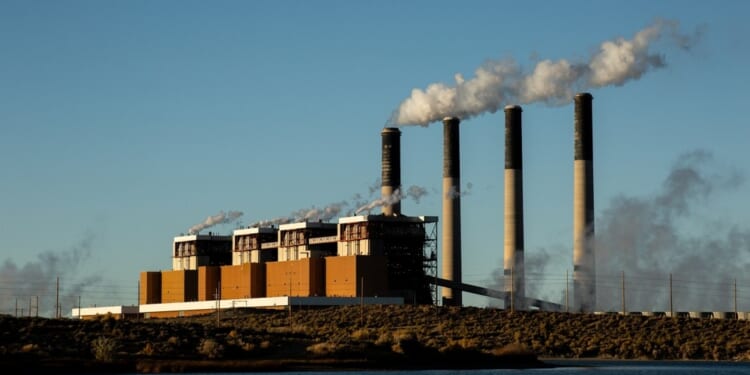Kansas’s Department of Commerce and Evergy (the state’s largest utility) are partnering with TerraPower, a leading nuclear developer, to explore potential siting locations for a new advanced nuclear power plant. The three organizations signed a “memorandum of understanding” which is a nonbinding handshake to pursue a shared goal—in this case, bringing nuclear power to Kansas.
While no site has yet been selected for a TerraPower reactor, lessons from Wyoming and recent federal reforms offer clues about what might come next. As I have written before, the federal government has put extensive emphasis on converting retired coal plants into advanced nuclear reactors. These conversions, according to the U.S. Department of Energy, can save up to 35% on construction costs and retain much of the existing workforce. In Wyoming, TerraPower is currently building a reactor on a former coal site, and it would not be a surprise to see Kansas follow suit. This model could highlight a potential path forward for nuclear adoption in the historically coal-dominant Missouri.
Federal Reform and Cost Savings for Coal-to-Nuclear Transitions
The concept of coal-to-nuclear has drawn bipartisan attention in Washington, D.C., and has been codified in the recent ADVANCE Act, which directs the Nuclear Regulatory Commission to develop and implement strategies to enable more efficient licensing reviews for converting former coal plants and other former industry infrastructure into nuclear reactor sites.
A report prepared by experts at the Idaho, Oak Ridge, and Argonne National Laboratories found that these projects can achieve significant savings by repurposing existing infrastructure, such as steam-cycle components, since both nuclear and coal are thermal power plants that rely on generating steam to turn a turbine.
Missouri’s Long History with Coal and Transitioning Our Workforce
Coal has long been king in Missouri. Despite recent closures, Missouri remains the fourth most reliant state on coal, with coal supplying 57% of electricity generation in 2024. That legacy presents both a challenge and an opportunity.
Missouri has several coal plant sites that could be strong candidates for advanced nuclear conversion. A study from Oak Ridge National Laboratory identified three Missouri coal power plant sites (retired or slated for retirement between 2020 and 2040) as suitable for hosting a number of reactors.
Not only is there an opportunity to make use of our physical infrastructure, but Missouri can also use our existing workforce. The U.S. Department of Energy notes that many coal-plant and nuclear-plant jobs share identical or similar occupation codes, meaning a large portion of the existing workforce could transition with minimal retraining.
A Nuclear Advisory Council Could Help Identify Steps for Missouri
Another way to better identify potential nuclear sites is by creating a nuclear advisory council. If Missouri brought together the best and brightest minds in nuclear energy to discuss our unique opportunities, analyze trends in federal regulation, and address our state’s weaknesses, the Show-Me State could become a significant player in nuclear development.
Kansas is moving along in its process. Let’s hope the Show-Me State doesn’t let this same opportunity pass it by.
Interested in Nuclear Energy in Missouri?
Read my recent report, Connecting Nuclear Energy’s Past and Present: Guiding Missouri’s Future, here.










